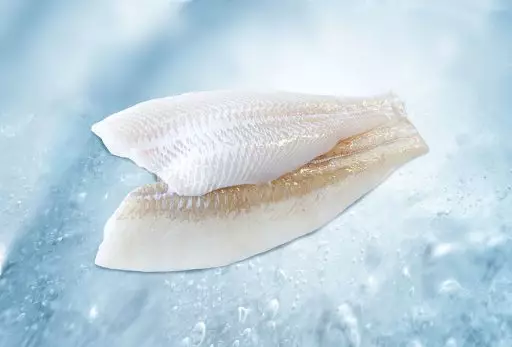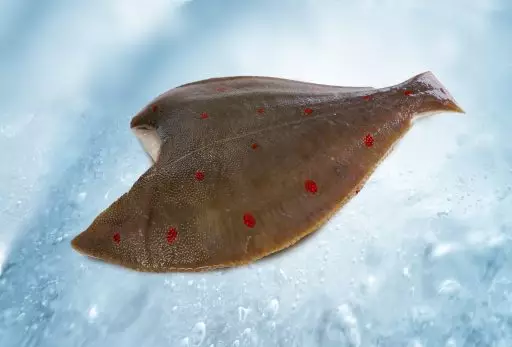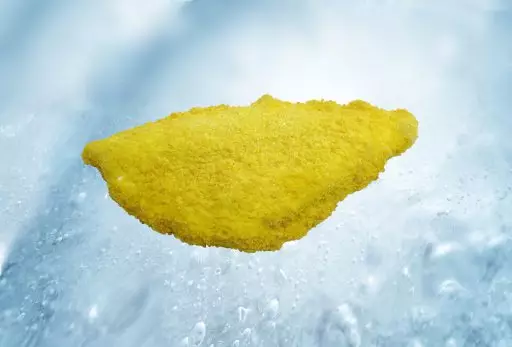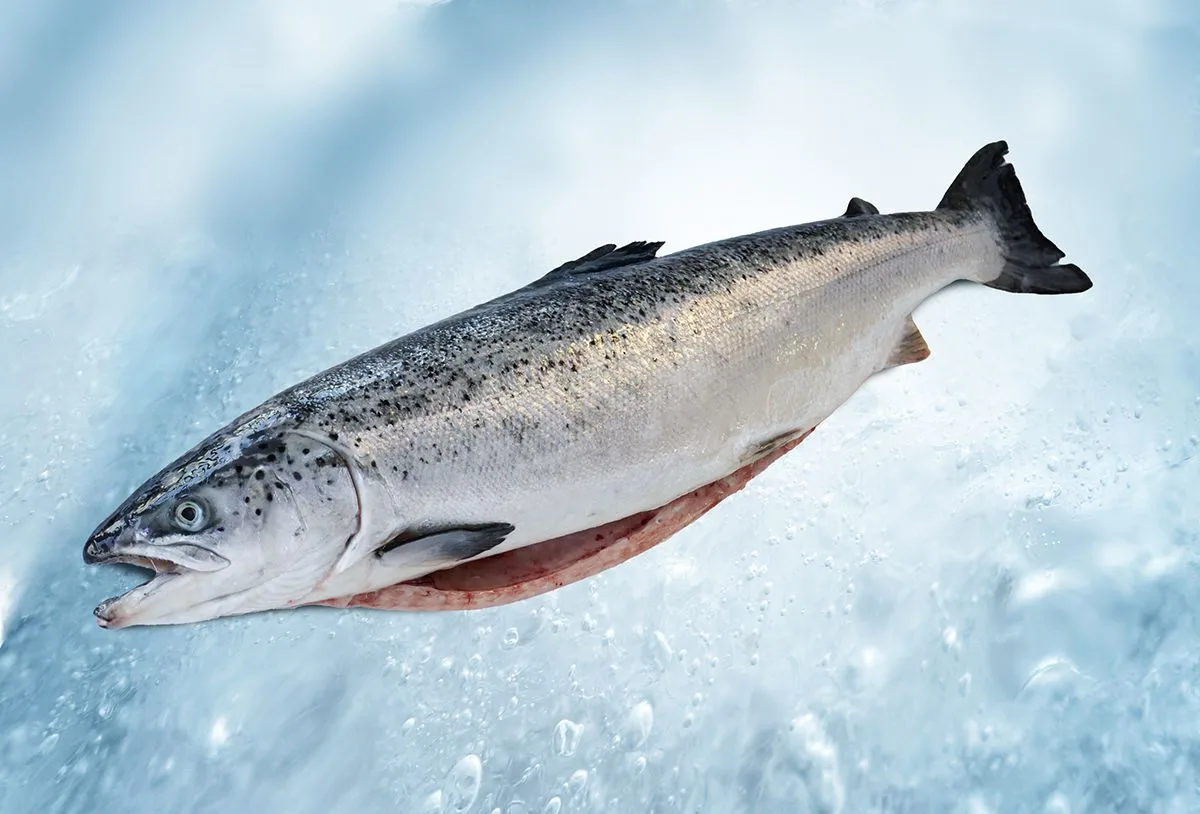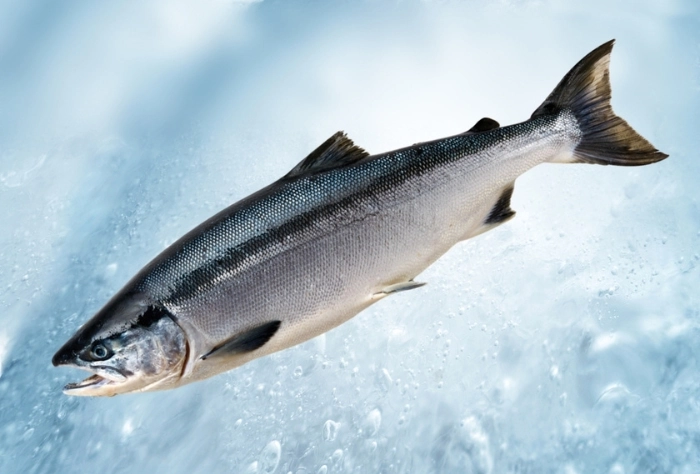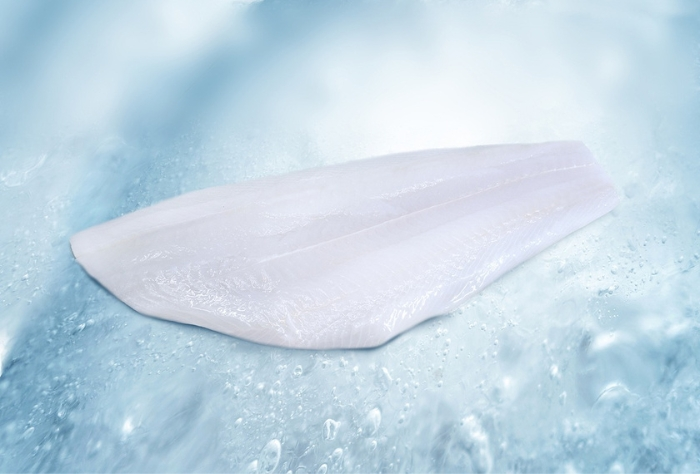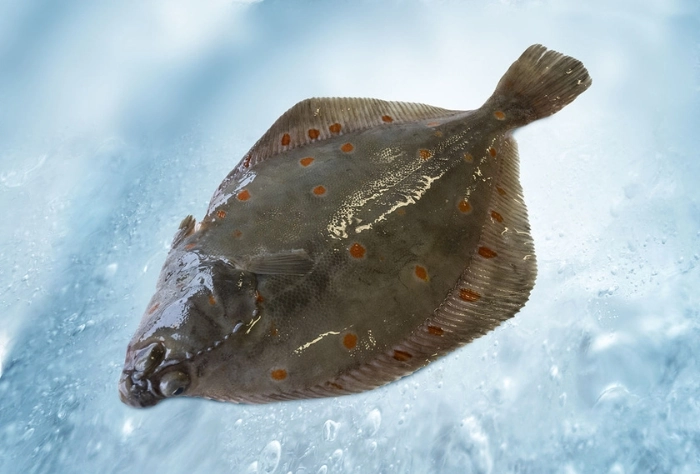
Whole Plaice Fish or Plaice Fillet?
Fjordpol As is one of the largest processors of Plaice. We provide imports and exports both within and outside Europe. So if you want to buy Plaice (Pleuronectes platessa), look no further than the experienced fish processors at Fjordpol As.
- ✅ Sustainably and transparently processed.
- ✅ Fast delivery, frozen and/or freshly packaged.
- ✅ Real-time processing updates.
- ✅ From procurement to finished product in-house.
Options & Packaging of Plaice
At Fjordpol As, our range of plaice products is carefully curated to meet the diverse needs of our customers. Whether it's pan-ready fillets for chefs or versatile fish for wholesalers who value a constant and reliable supply - we offer a wide range of plaice in various processing forms.
- Whole (with or without skin):
- In various weights
- Ready to eat
- individually quick frozen & fresh
- Fillet (with or without skin):
- In various weights
- Single or double
- individually quick frozen & fresh
- Breaded and/or pre-fried
Whole
- Bulk 5–20 kg carton box
- Bulk 3–20 kg Polystyrene box
- Individually vacuum packed
Fillet
- Bulk 5–20 kg cardboard box
- Bulk 3–20 kg Polystyrene box
- Individually vacuum packed by piece and chain
- Retail bag 500–1000 g
- Retail boxes 250–500 g
- Retail trays 200–1000 g

Processing of Whole Plaice Fish and Plaice Fillets into fresh and frozen products
At the processing site, plaice is sorted, filleted, skinned and frozen on demand immediately upon arrival with advanced machinery and skilled hand finishing. Fjordpol supplies, among other things, double-filed plaice, single plaice fillets and frozen breaded products, suitable for retail, catering and wholesale. Plaice is loved for its mild taste, soft texture and wide culinary applicability. Processing is done according to strict quality standards such as IFS and BRC, and tailored to customer specifications, including private label and sustainable variants (e.g. MSC plaice)
Plaice
Pleuronectes platessa
- Quality: Freshly delivered daily
- Method of capture:Twinrig
- Origin: Entire North sea coast


